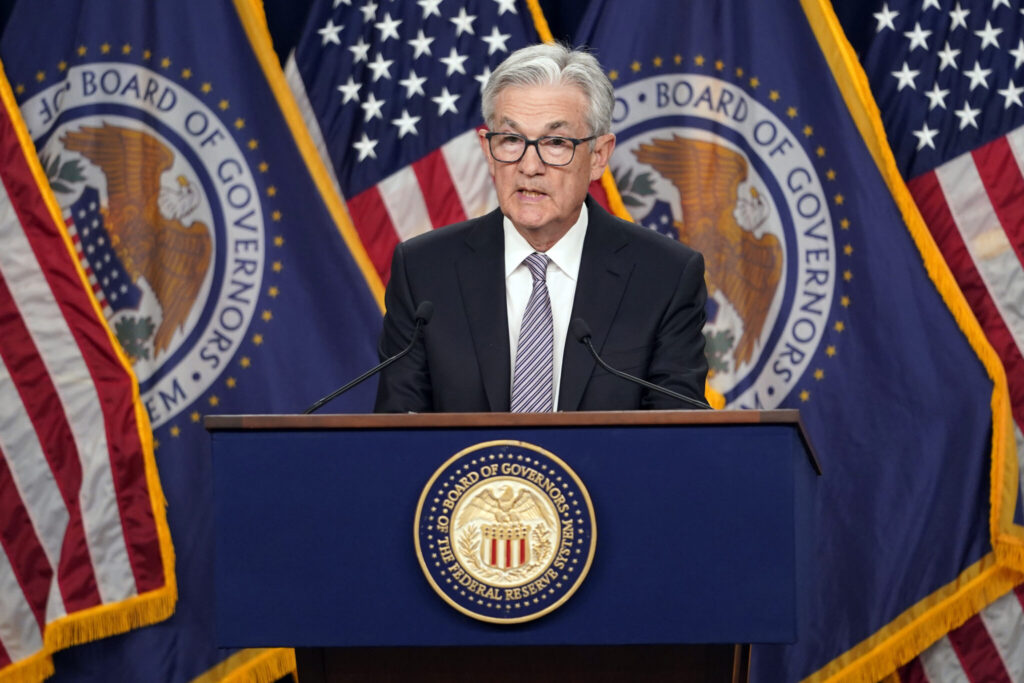The Federal Reserve on Wednesday raised interest rates by a quarter of a percentage point and signaled it may pause further increases, giving officials time to assess the fallout from recent bank failures, wait on the resolution of a political standoff over the U.S. debt ceiling, and monitor the course of inflation. The unanimous decision lifted the U.S. central bank’s benchmark overnight interest rate to the 5.00%-5.25% range, the Fed’s tenth consecutive increase since March 2022. The Associated Press has the story:
Fed Reserve raises key rate by a quarter-point
Newslooks- WASHINGTON (AP)
The Federal Reserve reinforced its fight against high inflation Wednesday by raising its key interest rate by a quarter-point to the highest level in 16 years. But the Fed also signaled that it may now pause the streak of 10 rate hikes that have made borrowing for consumers and businesses steadily more expensive.
In a statement after its latest policy meeting, the Fed said that while the banking system is “sound and resilient,” the upheaval in the financial system could slow borrowing, spending and growth. It reiterated that the impact of pullback in bank lending “remains uncertain.”
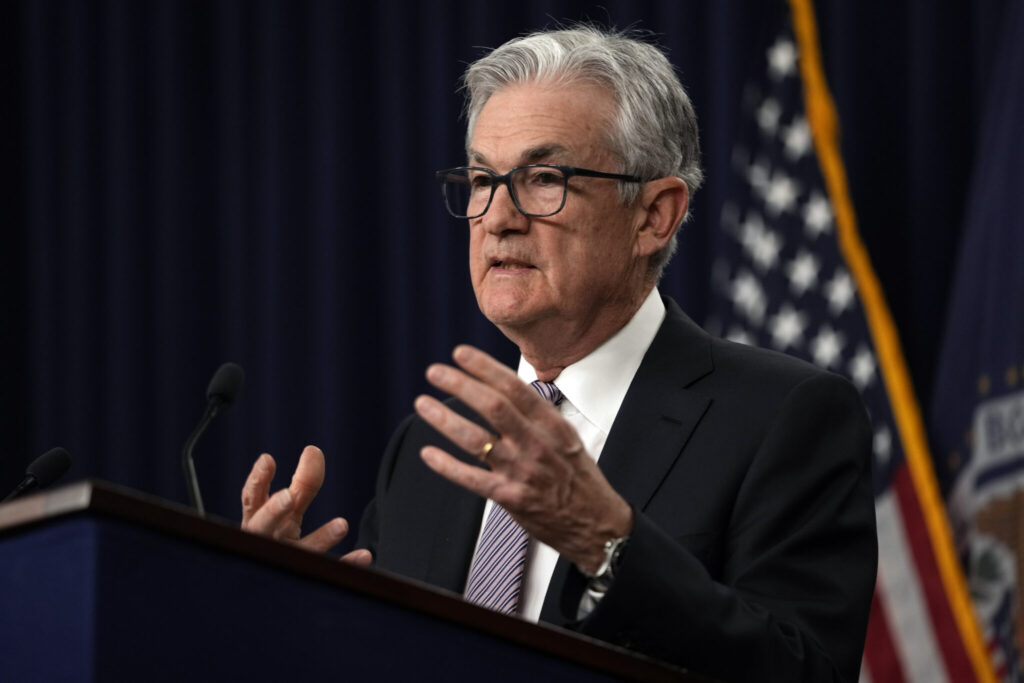
The Fed’s rate increases over the past 14 months have more than doubled mortgage rates, elevated the costs of auto loans, credit card borrowing and business loans and heightened the risk of a recession. Home sales have plunged as a result. The Fed’s latest move, which raised its benchmark rate to roughly 5.1%, could further increase borrowing costs.
Yet the Fed’s efforts have only partly succeeded in taming the worst inflation bout in four decades, and the surge in rates has contributed to the collapse of three large banks and turmoil in the banking industry. All three failed banks had bought long-term bonds that paid low rates and then rapidly lost value as the Fed sent rates higher.
The banking upheaval might have played a role in the Fed’s decision Wednesday to consider a pause. Chair Jerome Powell had said in March that a cutback in lending by banks, to shore up their finances, could act as the equivalent of a quarter-point rate hike in slowing the economy.
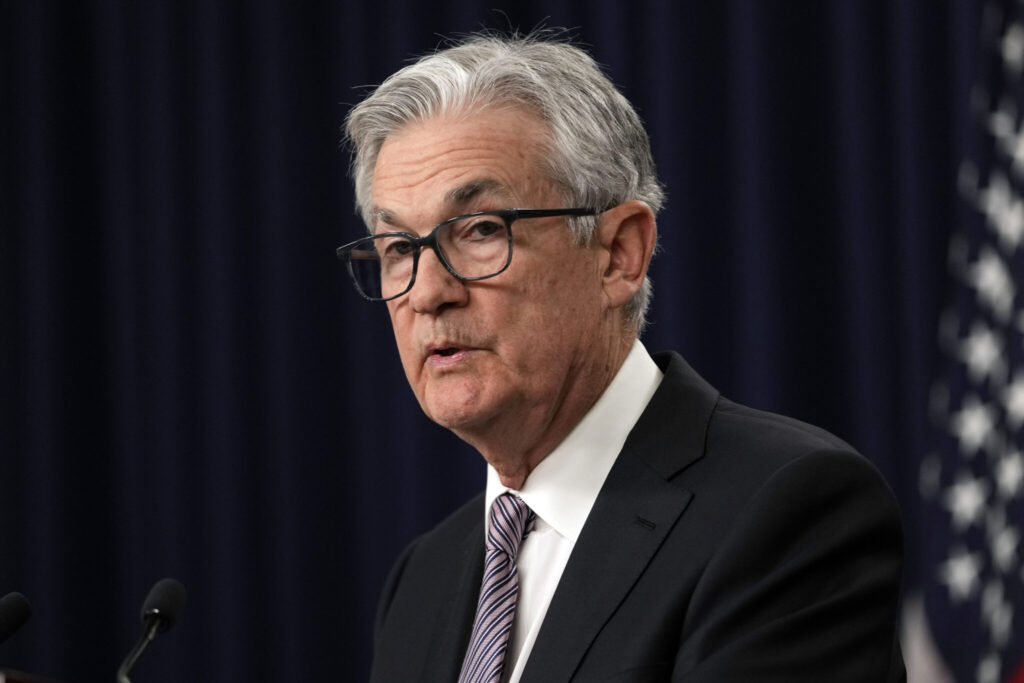
Fed economists have estimated that tighter credit resulting from the bank failures will contribute to a “mild recession” later this year, thereby raising the pressure on the central bank to suspend its rate hikes.
The Fed is now also grappling with the threat of a prolonged standoff around the nation’s borrowing limit, which caps how much debt the government can issue. Congressional Republicans are demanding steep spending cuts as the price of agreeing to lift the nation’s borrowing cap.
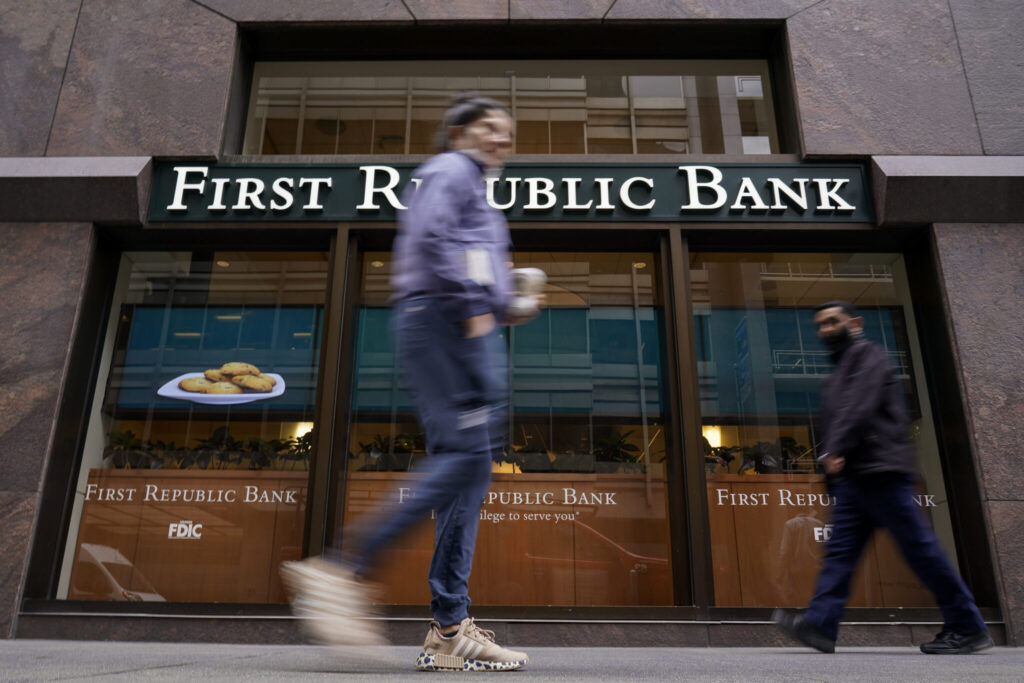
Poised to raise interest rates Wednesday for a 10th time, Federal Reserve officials are facing two competing economic trends that could make their future rate decisions more difficult and treacherous.
On the one hand, turmoil in the banking sector and political battles over the government’s borrowing limit could weaken the economy if banks restrict lending and financial markets tumble on fears of a default on the nation’s debt. Such anxieties would argue against further rate hikes, at least for now.
On the other hand, inflation, while slowing, is persisting at a level far above the central bank’s 2% target rate, raising concerns that the Fed might have to further tighten credit to slow price increases. Additional rate hikes would follow — a trend that would lead to ever-higher borrowing rates and heighten the risk of a recession.
The wide range of potential outcomes could provoke divisions among Fed officials, even as they’re expected on Wednesday to raise their benchmark rate to 5.1%, the highest level in 16 years. The big question is whether the Fed will also signal Wednesday that it’s now inclined to pause its rate increases — barring any re-acceleration of inflation — and keep its key rate unchanged for the rest of 2023 as it assesses its progress in cooling inflation.
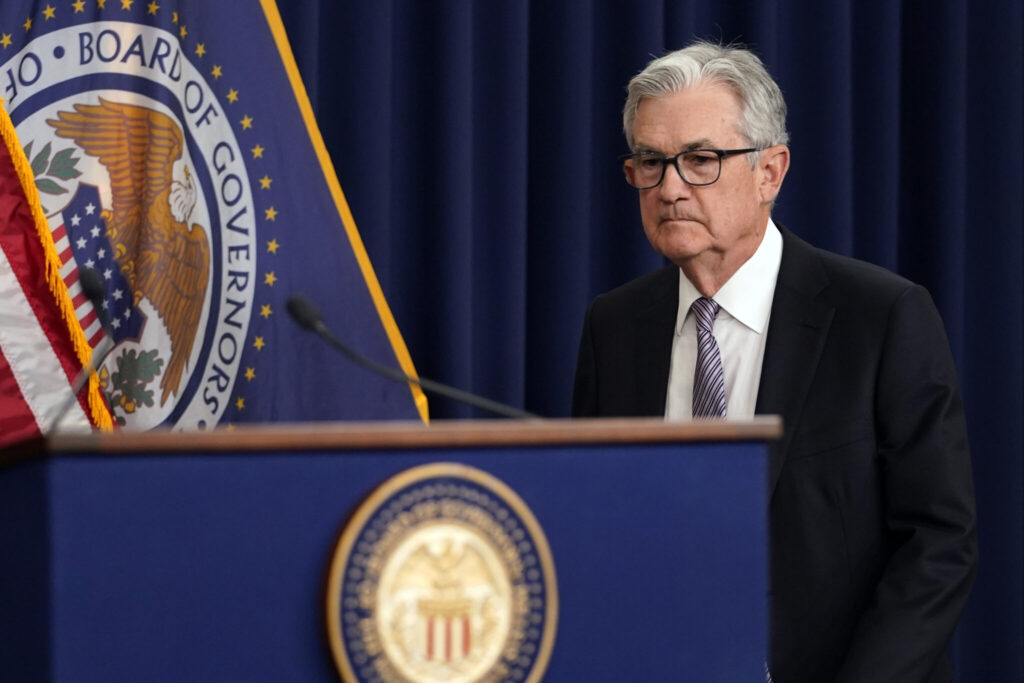
“There clearly is some division (among Fed officials), which is reasonable, given that we don’t know where we are, and we’ve got these things going in the wrong direction,” said Diane Swonk, chief economist at KMPG.
Austan Goolsbee, president of the Federal Reserve Bank of Chicago, last month cited the banking turmoil and the likelihood that many banks will tighten credit for consumers and businesses as a reason to potentially forgo a rate hike this week.
“I think we need to be cautious,” Goolsbee said. “We should gather further data and be careful about raising rates too aggressively.”
Likewise, Patrick Harker, president of the Philadelphia Fed, warned against overdoing rate hikes and possibly derailing the economy.
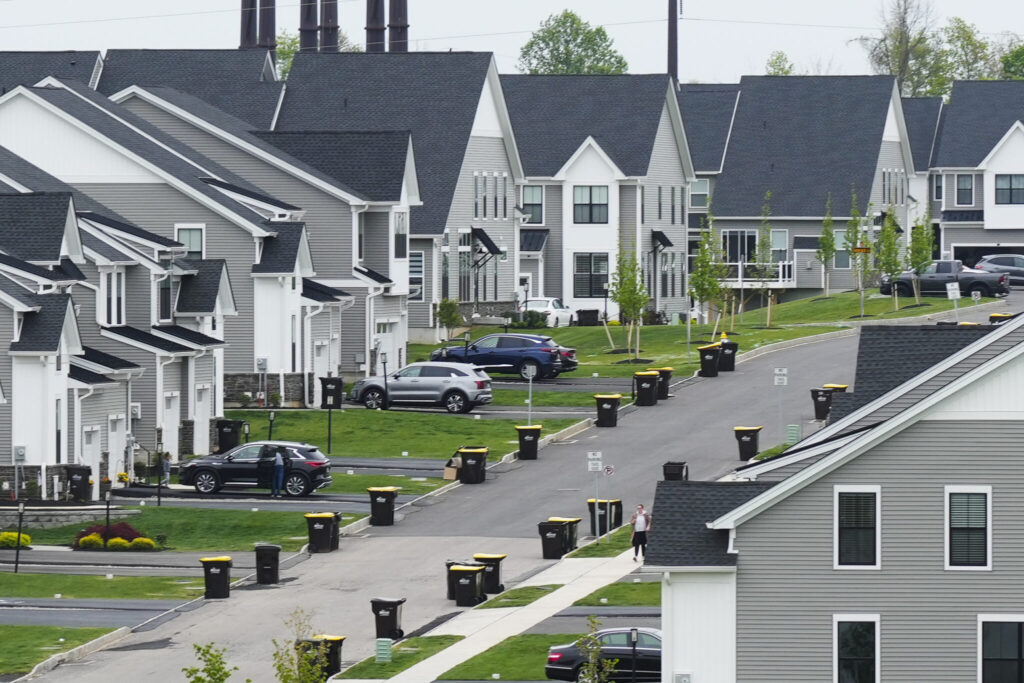
Other regional Fed bank presidents, including James Bullard of the St. Louis Fed and Neel Kashkari of the Minneapolis Fed, have said they would prefer that the central bank remain steadfast and lift its key rate to at least 5.4%, which would require additional rate hikes after this week.
That divergence reflects the fraught path confronting the Fed. When inflation was spiking to a peak of 9.1% last June, the Fed was mostly united in its support for fast and aggressive rate increases. Now that its key rate is at a level that should restrict growth and inflation has slowed to 5% as of March, unanimity could be harder to maintain.
The Fed is meeting this week against an increasingly cloudy economic backdrop. Turmoil has re-erupted in the nation’s banking sector after regulators seized and sold off First Republic Bank over the weekend. It was the second-largest U.S. bank failure ever and the third major banking collapse in the past six weeks. Investor anxieties about whether other regional banks may suffer from problems similar to First Republic’s sent stocks sharply lower Tuesday.
Wall Street traders were also unnerved by Monday’s announcement from Treasury Secretary Janet Yellen that the nation could default on its debt as soon as June 1 unless Congress agrees to lift the debt limit before then. The debt limit caps how much the government can borrow, and Republicans in Congress are demanding steep spending cuts as the price of agreeing to lift the borrowing cap.
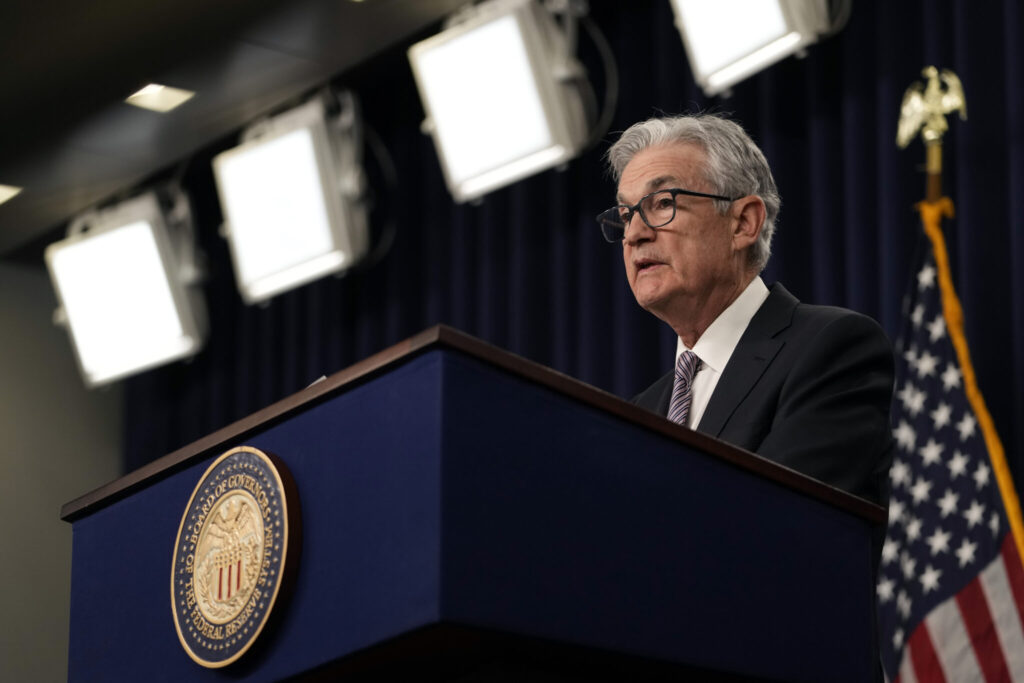
Both developments could weigh on an already slowing economy. The Fed wants the economy to cool somewhat, because less borrowing and spending should also help rein in inflation. But particularly if political battles around the debt ceiling worsen, the economy could fall into a deep enough recession that the Fed might be forced to cut interest rates sometime this year — even if inflation isn’t fully in check.
Goldman Sachs estimates that a widespread pullback in bank lending could cut U.S. growth by 0.4 percentage point this year. That could be enough to cause a recession. In December, the Fed projected growth of just 0.5% in 2023.
The Fed’s likely rate hike Wednesday comes as other major central banks are also tightening credit. European Central Bank President Christine Lagarde is expected to announce another interest rate increase Thursday, after inflation figures released Tuesday showed that price increases ticked up last month.
Consumer prices rose 7% in the 20 countries that use the euro currency in April from a year earlier, up from a 6.9% year-over-year increase in March.
In the United States, although overall inflation has tumbled as the cost of gas and many goods has eased, “core” inflation — which excludes volatile food and energy costs — has remained chronically high. According to the Fed’s preferred measure, core prices rose 4.6% in March from a year earlier, the same as in December.

